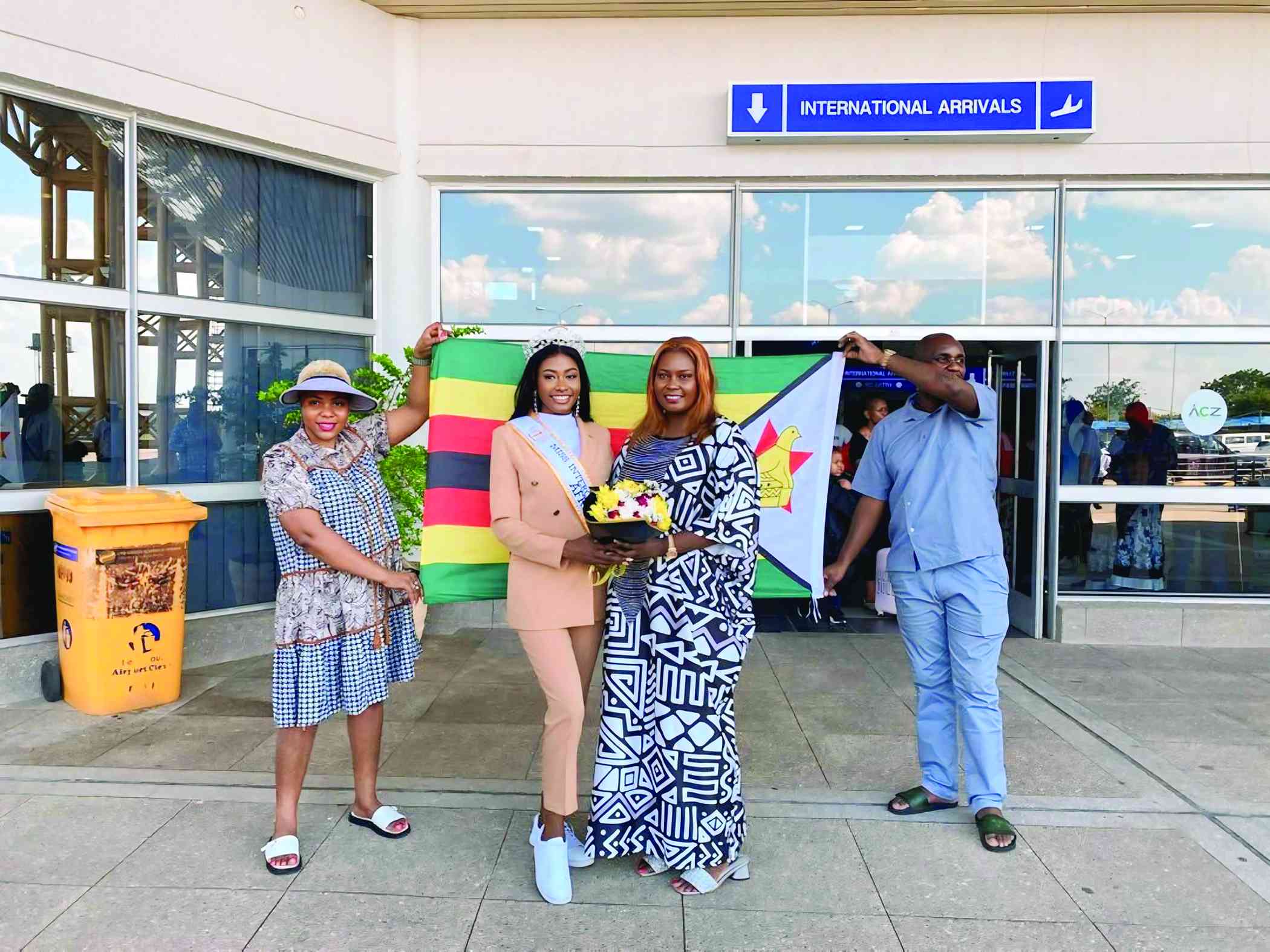
KOREAN ambassador to Zimbabwe, Park Jae Kyung believes art is the most effective soft tool for uniting people from all walks of life.
Speaking at the launch of the Weave Fortune exhibition at the National Art Gallery of Zimbabwe (NGZ) in Harare recently, Park said eight artists consisting of Koreans and Zimbabweans had joined hands to foster social, economic, political, trade as well as mutual relationships.
The eight are Just Project, Patch Zimbabwe, Cueclyp, Paper Pieces, Gongyega, Vanhu Vamwe, Unrollsurface and Krafted Ink.
The Weave Fortune showcase ran from July 4 to 9 at the NGZ Harare as part of the Zimbabwe-Korea 30th anniversary of Diplomatic Relations Commemorative Art Exhibition.
Park said: “Few things bring people together more beautifully than art. Whether it is music, sculpture, paint, the arts are a way for us to express ourselves and our shared humanity. Art enables us to share our identity, culture and traditions and to think out of the box and this is exactly what this exhibition is all about.
“This exhibition has invaluable pillars, namely partnership, people, prosperity and the planet. First, the exhibition is about partnership or the collaborations and working together of Korea and Zimbabwean artists.”
He highlighted that culture should be the driving force and pivot to sustainable usage of available resources while preserving some for future generations.
Recycling art is one such sustainable way of keeping the environment clean and combating undesirable changes to climate, Park said.
- Change attitude towards waste, weave fortune from it
Keep Reading
Sports, Arts and Recreation minister Kirsty Coventry appreciated the occasion of the art exhibition, describing it as uniting in many ways.
Coventry accepted that cultural exchanges are some of the ways of enhancing development.
There was a themed exhibition by Just Project, which presented re-interpretations of Zimbabwe’s beautiful traditional baskets, the Bulawayo baskets and Buhera baskets, using innovative eco-friendly materials from Korea.
The works were created through 3D printing, with materials extracted from corn starch and incorporated recycled plastics.
National Gallery of Zimbabwe, Harare director Rachel Chikukwa said the exhibition launch was a realisation of several resolutions that had been set by the gallery for the year 2024 and beyond.
“Basically the highlight of the day is the work by our counterparts from Korea in terms of use of technology and in terms of paying attention to detail. If you consider looking at the pieces created from the packets of sweets, the other thing which is captivating is making bags out of old banners,” she said.
“This collaboration has opened so many avenues that our artists can embark on. We also have several local artists here today who benefited from the event.
“The 3D printing design technology that has been embraced by Korean designers is highly inspirational in uplifting the works of local designers. The Korean artists have managed to come up with a replica of the Bulawayo and Buhera baskets and have vessels that we can turn into garden lamp shades, driveway designs and containers.”
“Our Honourable Minister of Sports, Arts and Recreation confirmed that this will lead to establishment of relationships that will lead to cultural exchange programmes. We are also looking at possibilities of our own artists visiting Korea for exchange programmes,” Chikukwa added.
NGZ curator Fadzai Veronica Muchemwa described the Korean Exhibition as a breakthrough as it brought a lot of insights into the gallery’s future plans.
“We have been uplifting and promoting several recycled artists and one of them, Moffat Takavada, is exhibiting at the on-going La Viennice Biennial Exhibition in Italy. This is our first time to incorporate the design aspect like industrial and object designs of recycled materials. Way forward, we have an exhibition coming towards the end of the year titled X Design, which focuses on sustainable designs,” she said.
Korea embassy second secretary and counsellor Chungsung Lee labelled the event as an activity that shows the importance of creatives in inspiring industrial designs.
Lee said several women in Korea were now earning steady income through recycling household materials and attaining industrial patents.
One female exhibitor from Seoul, Korea, was running by the motto: “It is trash but treasure to me”.
Her brochure indicated that Just Project is a design studio that favours and collects trash and studies it seriously as a material.
“We make products using trash such as snack bags, straws, plastic and T-shirts. All processes of our products are hand-made without the use of electricity. We are still searching for new materials and we believe there is a bunch of new trash waiting for us,” read the brochure in part.
Gladys Chibanda, director for Krafted Ink, had on her display stand bags made out of moulded paper wrapped intricately using African ethnic designing fabrics.
She said her creativity supported women dressed in African attire.
Dehong Kim stunned many with his shopping bag design, which consists of two bags in one.
Before being filled with groceries, the smaller bag houses the bigger one, but once filled, the smaller one is housed inside the bigger bag, not to talk about the folding process.










